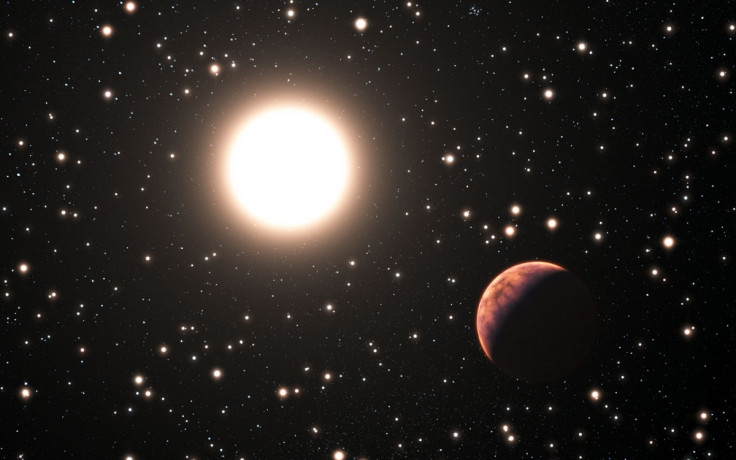Nasa: Habitable Climates of 'Tilt-a-World' See-Sawing Planets Could Contain Life

Pivoting planets that lean one way and then change orientation within a short geological time could contain life.
Astronomers from Nasa, the University of Washington and Utah's Weber State University led a study examining the climate of such "see-sawing" planets - which astronomers have dubbed "tilt-a-world" planets - and if such worlds could be habitable.
The findings, which are published in the journal Astrobiology, have expanded the perceived habitable zone by 10 to 20%, increasing the number of potentially habitable worlds.
The climate effects generated on these wobbling worlds could prevent glaciers from forming across the surface, even if the planets are far from their stars. They are turned on their orbital plane by the influence of nearby planets, which evenly distributes heat from their host star.
As some of the remaining liquid remains on the surface in the long-term, such planets could maintain favourable conditions for life. Further out from the star's habitable zone, global ice gathers and makes life impossible.
Shawn Domagal-Goldman, an astrobiologist at NASA's Goddard Space Flight Center in Greenbelt, said: "Planets like these are far enough from their stars that it would be easy to write them off as frozen, and poor targets for exploration, but in fact, they might be well-suited to supporting life. This could expand our idea of what a habitable planet looks like and where habitable planets might be found."
The tilt-a-world becomes potentially habitable because its spin causes the poles to occasionally point towards its host star, which causes the ice caps to quickly melt.
Roray Barnes, an astronomer at the University of Washington, explained: "Without this sort of home base for ice, global glaciation is more difficult. So the rapid tilting of an exoplanet actually increases the likelihood that there might be liquid water on a planet's surface."
The scientists have already pinpointed an arrangement of planets in orbit around the star Upsilon Andromedae which fit the bill. The orbits of two large planets were found to be inclined at an angle of 30 degrees relative to each other.
Barnes added: "Knowing that this kind of planetary system existed raised the question of whether a world could be habitable under such conditions."
It was found the neighbouring planets ride along at angles to each other, so they "tug on each other from above or below, changing their poles' direction compared to the host star".
The team used computer simulations to reproduce tilted planetary alignments, to examine what an Earthlike planet might do if it had similar neighbours.
The findings also revealed that a planet does not necessarily need the stabilising influence of a large moon in order to be habitable.
Barnes said: "We're finding that planets don't have to have a stable tilt to be habitable."
He added that minus the moon, the Earth's tilt, now at a fairly stable 23.5 degrees, might increase by 10 degrees or so. Although the climate fluctuates, it may still be able to hold life.
© Copyright IBTimes 2025. All rights reserved.






















